Breasts are the tissue found overlying the chest muscles and their growth starts at puberty and signs of breast growth in the 20s continue in women. The main components of women’s breasts are specialized glandular tissue that produces milk along with fatty tissue. The amount of fat in the breasts determines their size. The breasts also contain blood vessels, lymph vessels, and lymph nodes, and connective tissue and ligaments provide support to the breasts and give them shape.
The primary physiological function of the breasts in women is to nourish infants. The part of the breasts that produce milk is organized into 15 to 20 sections, called Lobes. Each lobe consists of smaller structures called Lobules where the milk is produced. The milk travels through a web of tiny tubes called Ducts. The ducts connect together and form larger ducts that finally exit the skin in the nipples. The dark, pigmented area of skin surrounding the nipple is called the Areola.
Breasts are the only organs that you are born with that dynamically change with every stage of your life from puberty to pregnancy, and then involution, perimenopause, and lastly, menopause. These changes also cause a change in the appearance of the breasts and how they feel.
Causes Of Breast Growth In 20s
In most women, the breasts have fully developed by age 23. However, there may be certain reasons that cause breasts to increase in size during the 20s. The change in the size of breasts can be temporary and last from a few days to a few weeks and sometimes they can be permanent.
The reason for believing that the breasts are fully developed by age 23 is because by this time, the changes brought about by puberty have mostly stopped, and the breasts have been filled with their share of fat fibrous tissue. The abundance of connective tissue along with the intact strength of the suspensory ligament at this age causes the breasts to become and feel dense.
Since the breasts are mainly made of fatty tissue, an increase in weight during your 20s will cause the breasts to enlarge or increase in size. The opposite happens when you lose weight.
Most women get pregnant during their 20s, and this also leads to breast enlargement along with the weight gain caused by hormones released in the body during pregnancy. Also, the breasts increase in size as they prepare themselves for lactation. Milk glands become larger and fat builds up in the breasts during pregnancy. These changes occur rapidly, and you will find that your breasts have almost grown a cup size larger within the first 6 weeks of pregnancy. Pregnancy can cause the areolas to get darker and the nipples to become larger, but these two changes are usually temporary and return to the pre-pregnancy state after delivery.
The breasts get larger and swollen for some women during their menstrual cycle. The breasts, however, return to their normal size once the menstruation starts. The increase in the breast size during the menstrual cycle is attributed to the increase in estrogen levels which causes the milk ducts in the breasts to enlarge, thus causing the breasts to expand and increase in size.
The regular use of oral contraceptives is another reason that may cause the breasts to grow in size during your 20s. The increase in breast size caused by the use of oral contraceptives is again attributed to hormonal changes brought about by the use of these contraceptives.
Fibrocystic changes are another cause of breast growth in women in their 20s. These changes are harmless and may make the breasts feel lumpy and sometimes cause pain. The fibrocystic changes are caused by the thickening of the breast tissue or by the formation of fluid-filled cysts in the breast. The symptoms of fibrocystic changes in breasts include the enlargement of breasts, the formation of lumps, tenderness in the breasts, and painful breasts.
Lumps In The Breasts – When To See A Doctor?
Lumpiness in breasts is a common concern for women in their 20s. The lumpiness is usually caused by hormonal changes that cause fibrocystic changes in the breasts as discussed above. But it is helpful to know that fibrocystic changes are not abnormal though they may cause discomfort, and the lumps formed are benign and do not increase the risk of breast cancer.
Sometimes, women develop a single, firm, smooth lump that moves around when pressed. This is called a Fibroadenoma, and it is a benign breast tumor made of fibrous and glandular tissue. The tumor is painless and grows at a slow pace. It can be removed surgically if it becomes painful and causes discomfort. A benign tumor can easily be differentiated from a cancerous one because a cancerous tumor is usually painless.
Women in their 20s and 30s usually do not have to worry about breast cancer, because breast cancer usually occurs in women aged above 40, however, it is essential for young women to ask a gynecologist and even should Begin regular Clinical Breast Exams (CBE) in their 20s because early detection of breast cancer improves survival rates. CBEs should be conducted once in 3 years for women aged below 40.
Also, women in their 20s are advised to begin conducting self-exams of their breasts once a month, because the more often you examine your breasts, the more likely you are to recognize any abnormalities in your breasts, and the quicker you can seek medical help.
Causes For Sudden Breast Growth
As mentioned previously, the breasts change dynamically throughout a woman’s life, and it is perfectly normal to experience changes in the size of breasts during one’s lifetime. However, sometimes you may experience a sudden increase in the size of your breasts, and the causes include
- Sudden weight gain caused by hormonal changes and thyroid diseases
- Sexual Intercourse: In some women, the breast size increases only during intercourse due to the increase in heart rate and blood pressure at the time of intercourse. The veins get enlarged and the breasts swell, giving the impression of enlarged breasts.
- Menstruation: The surge in estrogen and progesterone levels after the day of ovulation causes the breasts to feel tender and fuller. Also, water retention before periods could make the breasts feel enlarged. However, these changes are temporary, and the breast size returns to normal once the periods start.
- Lumps in the breast also cause them to increase in size, and you must consult a best doctor if you sense something serious.
- Inflammatory breast cancer is another important cause for the sudden increase in breast size. Cancer in a breast may cause the breast to become inflamed, causing abnormal breast growth. The symptoms of breast cancer include swelling, tenderness to the touch and redness of the breast. This could affect men as well and is equally dangerous for both the sexes.
The Age Limit For Breast Growth
As mentioned earlier, a woman’s breasts are fully developed by the age of 23, and any other signs of breast growth in the 20s in women are usually due to the causes and reasons discussed above. Most of the changes that occur in the breast size are temporary and due to the physiological changes in the body such as pregnancy and menstruation. Any permanent changes in the breast size should not be ignored, and it is always advised to take online medical second opinion if you find that the changes are immense and cause any kind of discomfort.
[cl-review quote=”Medically Reviewed By” author=”Dr. Kaushal M. Bhavsar (MBBS, MD)” occupation=”Assistant Professor in Pulmonary Medicine, GMERS Medical College, Ahmedabad” avatar_image=”1325″ source=”url:https%3A%2F%2Fwww.linkedin.com%2Fin%2Fdr-kaushal-bhavsar-a8137355%2F|target:_blank”]

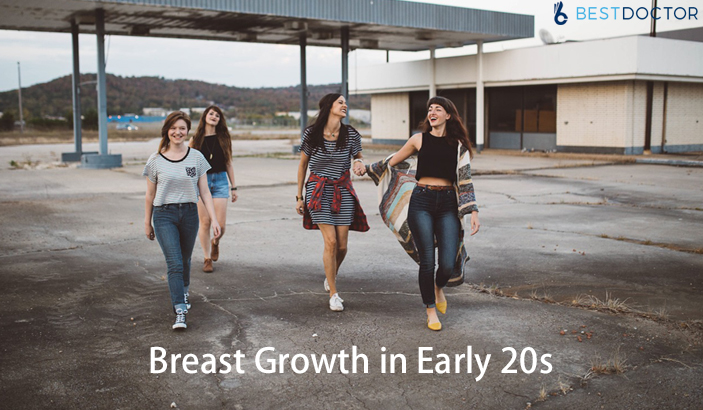
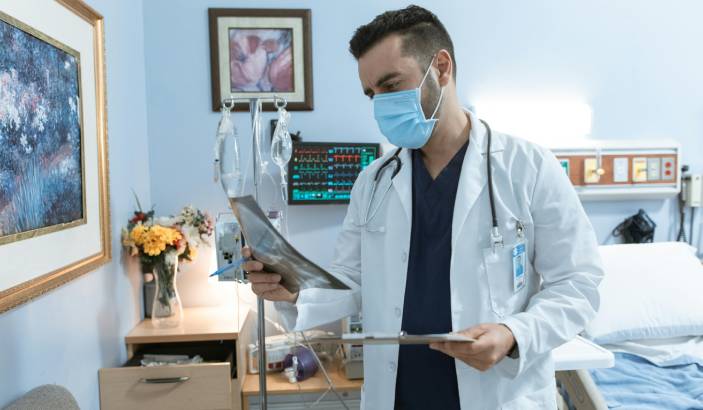
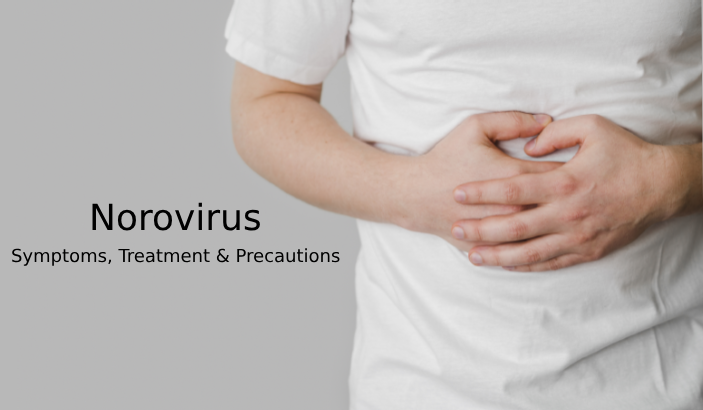
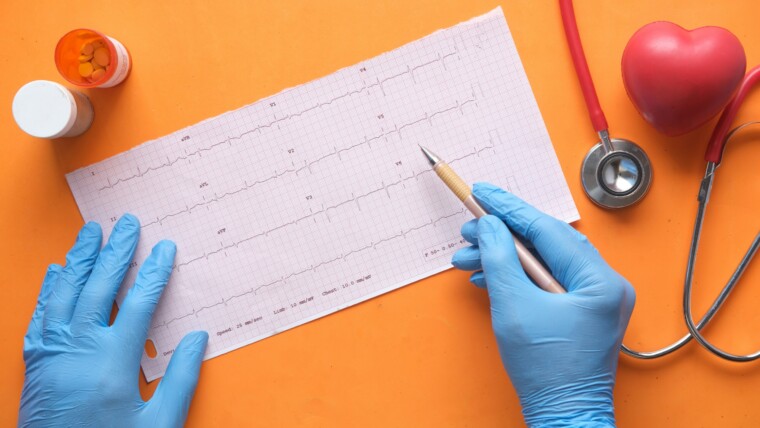

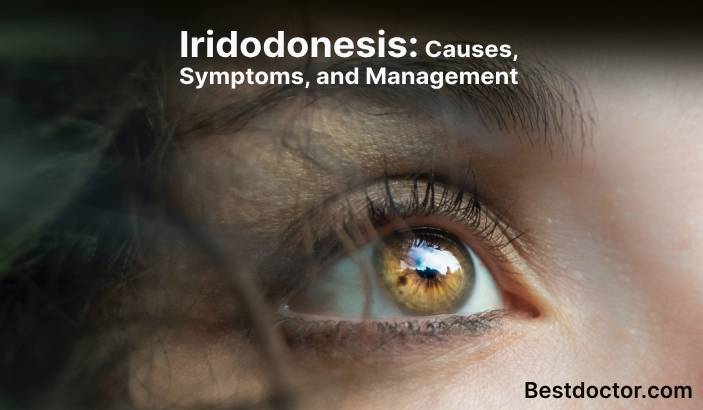
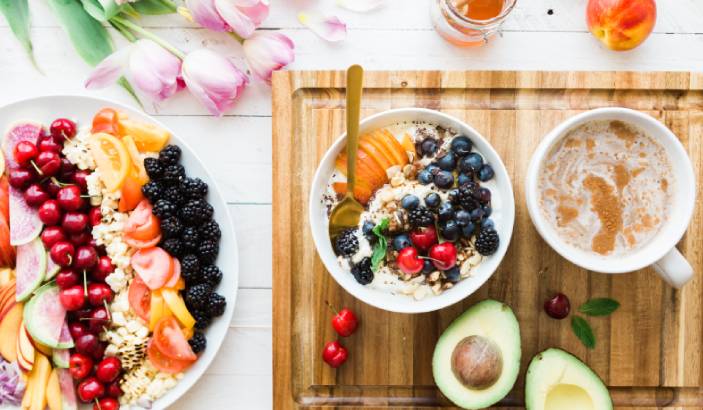
One Reply to Causes Of Breast Growth In The 20s In Women
Very useful information
Why Indian Doctors Are Chosen By The UK NHS?
Norovirus – Symptoms, Treatment & Precautions
Understanding Normal Resting Heart Rate in Men and Women
5 Things to Learn about a Dentist before Choosing Them